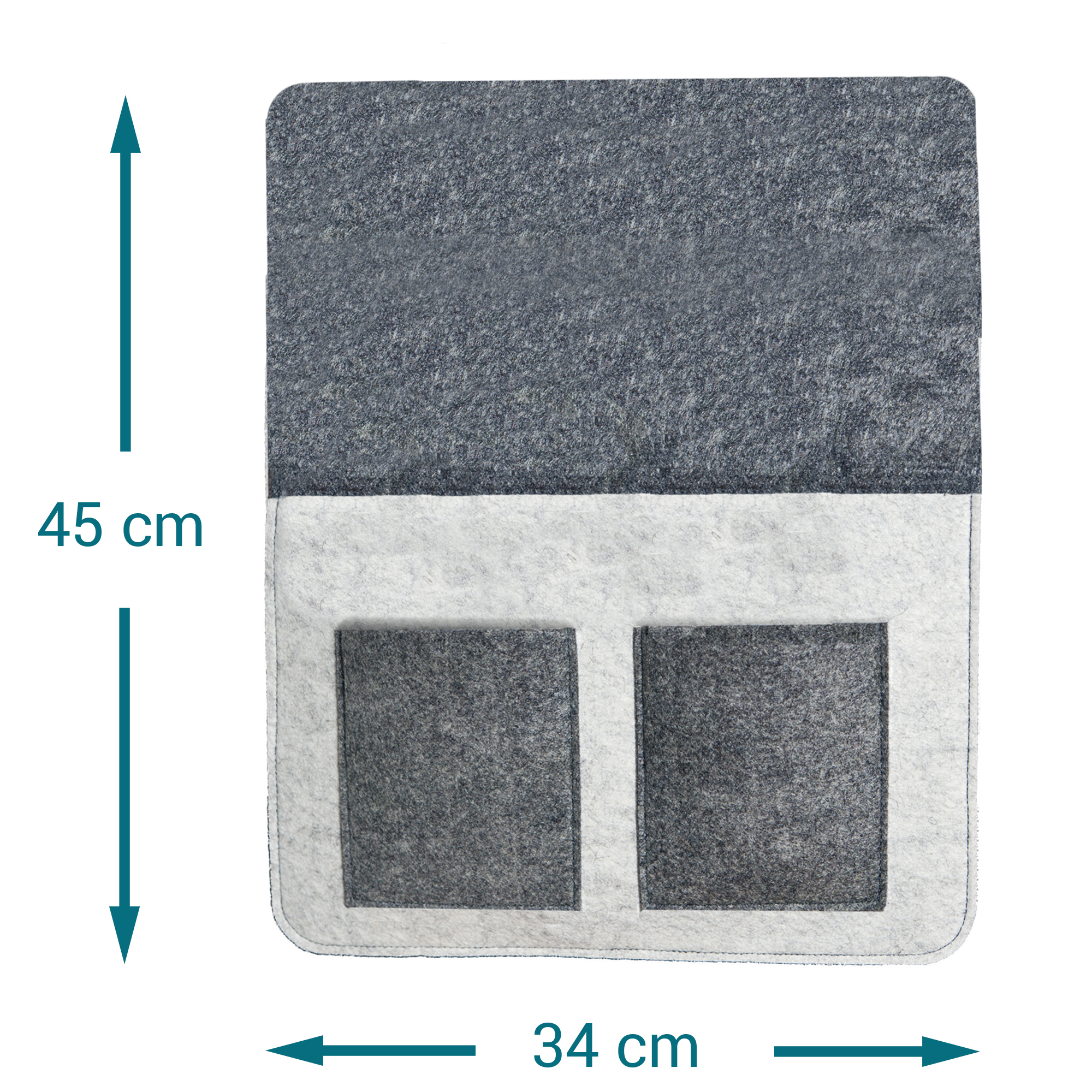
Ecooe Anti-Rutsch Nachttisch-Caddy Tasche Betttasche Bett Sofa Organizer mit 5 Taschen und Klettverschluss Bettablage zum Einhängen für Telefon iPad Fernbedienung Magzine Stift 30x25x10CM(Hellgrau) - Ecooe

Nachttisch zum Einhängen zwischen Matratze und Gestell, praktische Bettablage - So wird Ihr Zuhause zur Wohlfühloase

VASAGLE Bettablage, Nachttisch zum Einhängen, Regal für Hochbett, Schlitz für Handy, Getränkehalter Haken drehbar, verstellbare Klemmen, für Studentenwohnheim-Zimmer, naturbeige LET301N03 : Amazon.de: Küche, Haushalt & Wohnen

2 Stück Bett Organizer Zum Einhängen, Hängebett Organizer Aufbewahrungskorb, Nachttisch Bett Bettablage Betttasche Boxen mit 2 Abnehmbarer Haken für Büro, Schule, Zuhause, Wohnheim, Etagenbett : Amazon.de: Küche, Haushalt & Wohnen

Nachttisch zum Einhängen zwischen Matratze und Gestell, praktische Bettablage - So wird Ihr Zuhause zur Wohlfühloase

Amazon.de: Maximex Bett-Butler - Hängende Bettablage mit Handyhalterung, Kunststoff (ABS), 32 x 21 x 3 cm, Weiß

SoBuy NKD03-W Nachttisch hängend Bettablage zum einhängen Nachtregal für Mobiltelefon Nachtschrank Schweberegal Wandschrank Hängeschrank BHT ca. 45x22x25cm

mDesign Bettablage zum Einhängen hellgrau – Hängeaufbewahrung für Mobiltelefon, Fernbedienung, Wasserflasche, Zeitschriften – Bett-Organizer für das Schlafzimme… | Schlafzimmer, Zimmer, Schlafzimmer einrichten

Gaomoeny Bett Organizer zum Einhängen mit Haken, Hängebett Organizer Aufbewahrungskorb, Nachttisch Bett Bettablage Betttasche Boxen zum Aufhängen für Buch Magazin Schlafsaal Büro Zuhause : Amazon.de: Küche, Haushalt & Wohnen
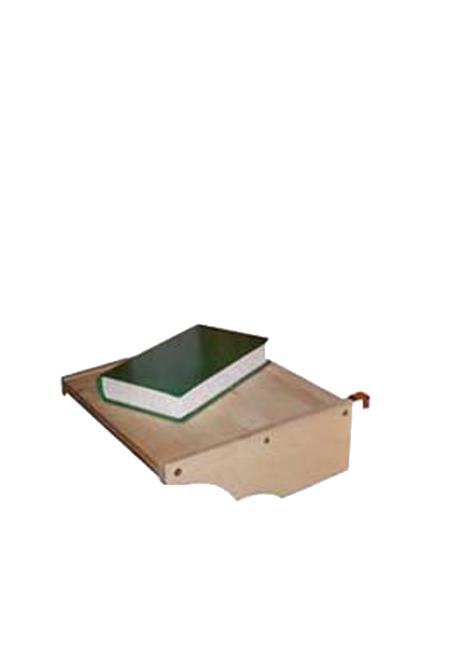
Hänge Ablage Nachttisch Hänge Bord 31 X 29 cm zum Einhängen am Kinderbett vom Hersteller silenta Farbe geölt naturfarbig

Nachttisch zum Einklemmen / Einhängen | Nachttisch kinderzimmer, Nachttisch kinder, Nachttisch zum einhängen


















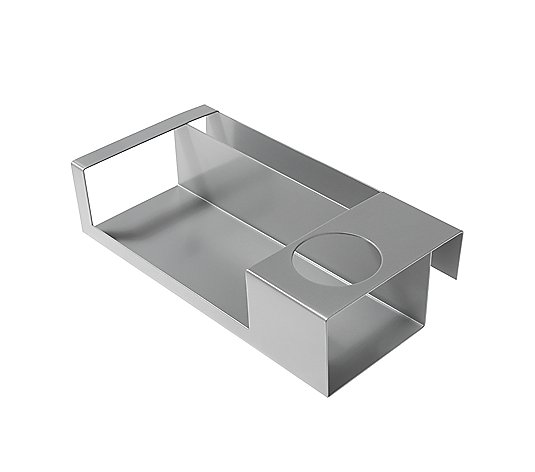



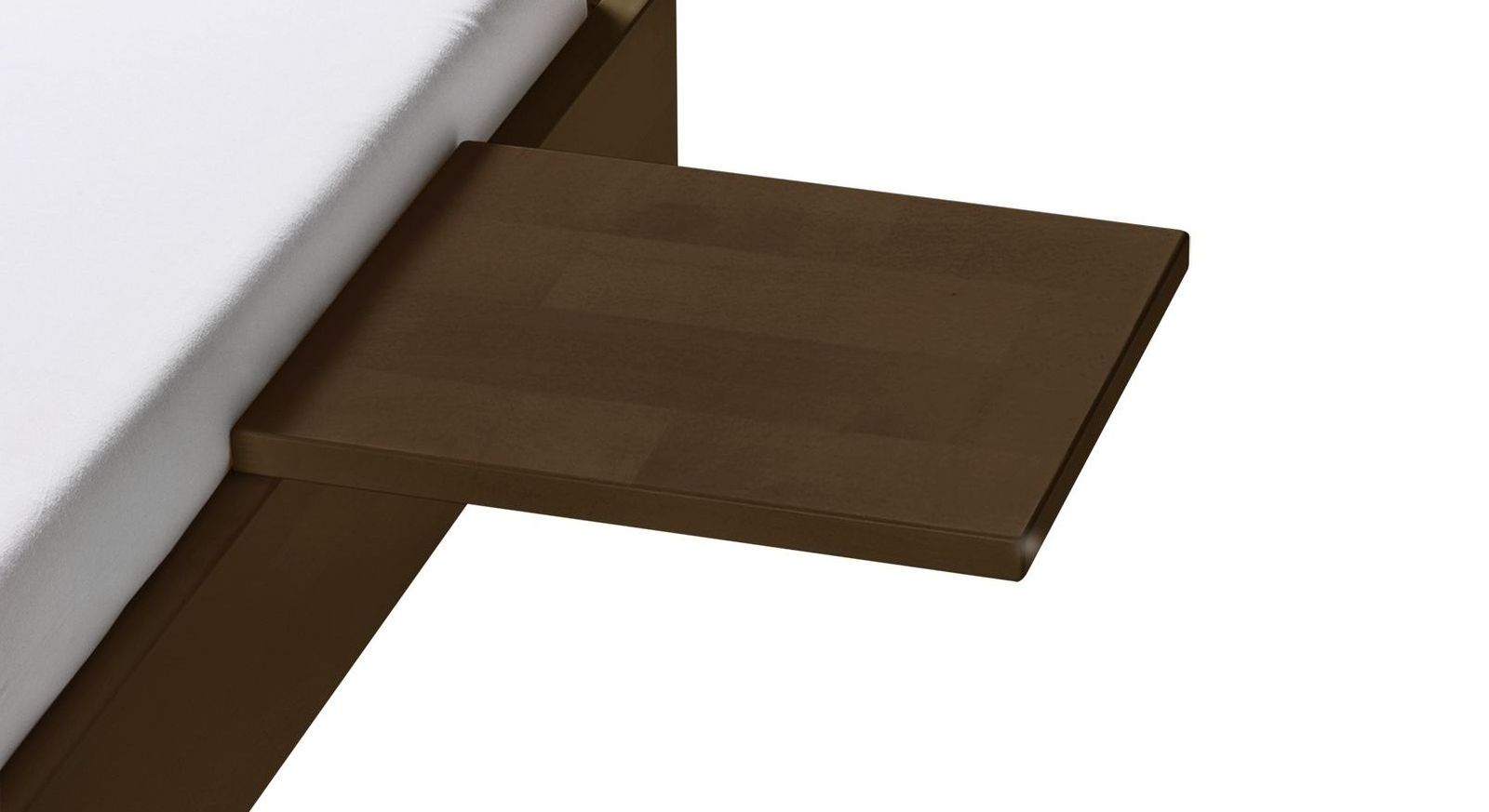












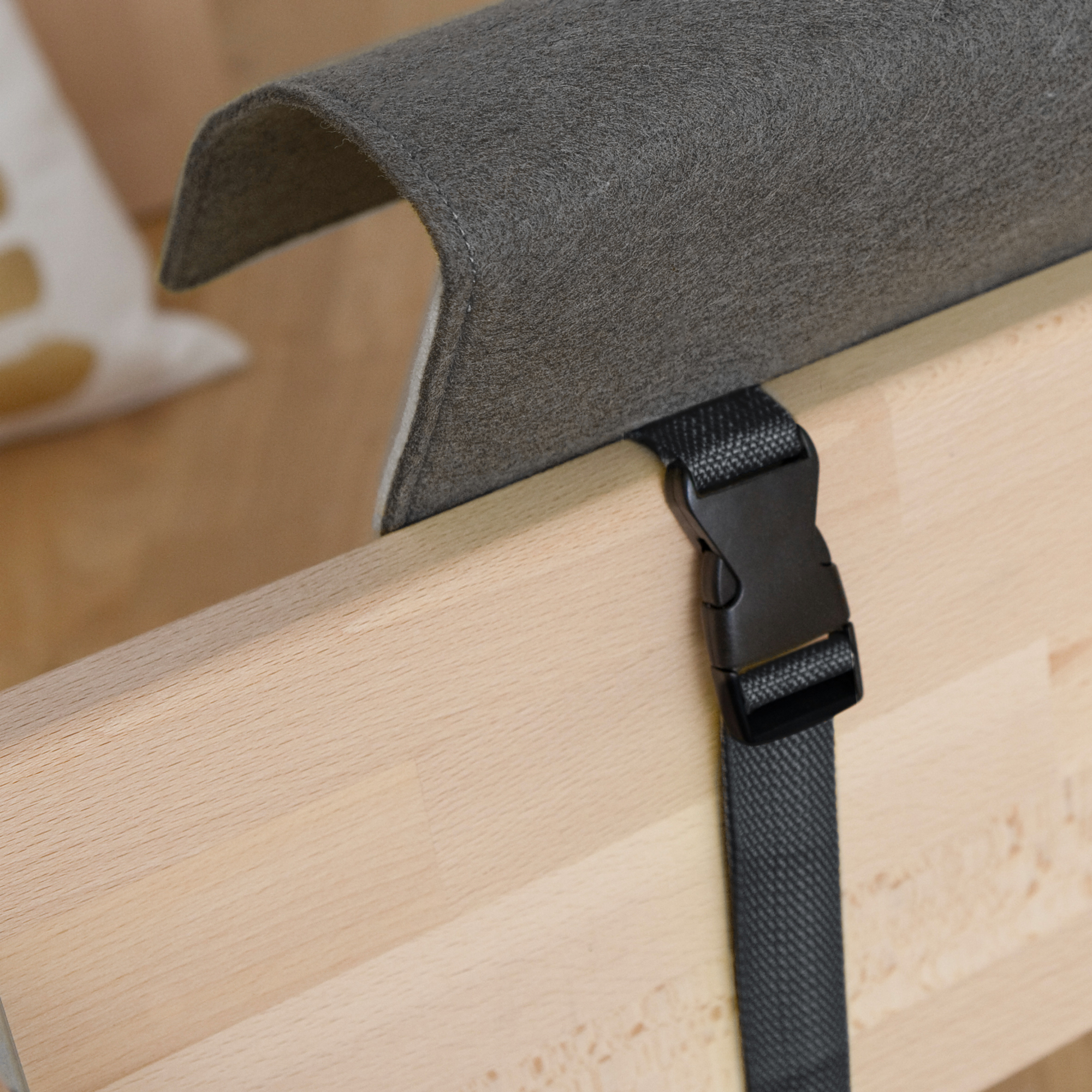
![Mobiler Nachttisch für kleine Schlafzimmer - [SCHÖNER WOHNEN] Mobiler Nachttisch für kleine Schlafzimmer - [SCHÖNER WOHNEN]](https://image.schoener-wohnen.de/12534462/t/0C/v4/w1440/r1.7778/-/52686-hanno-jpg--5138-.jpg)
